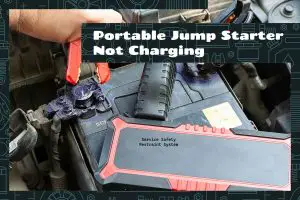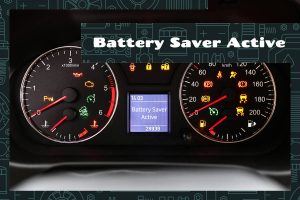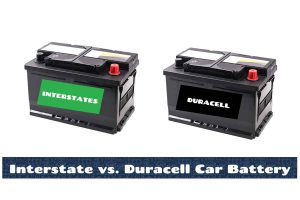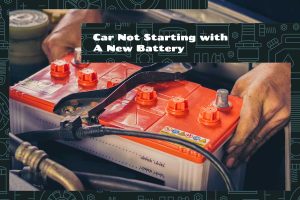The Ford F150 is one of America’s most popular cars, and it’s not hard to see why. However, an F150 is only reliable as long as it’s properly maintained, and that includes checking the battery. But what happens when the battery dies and you need to put the vehicle in neutral?
To put a Ford F150 in neutral with a dead battery, locate the shift release on or near the gear stick, press and hold the shift release button, and manually move the lever into the neutral position.
There’s more than one way to do this. In this article, we will learn more about the various methods and precautions for putting a Ford F150 in neutral when the battery is dead.
Basics of Transmission Types
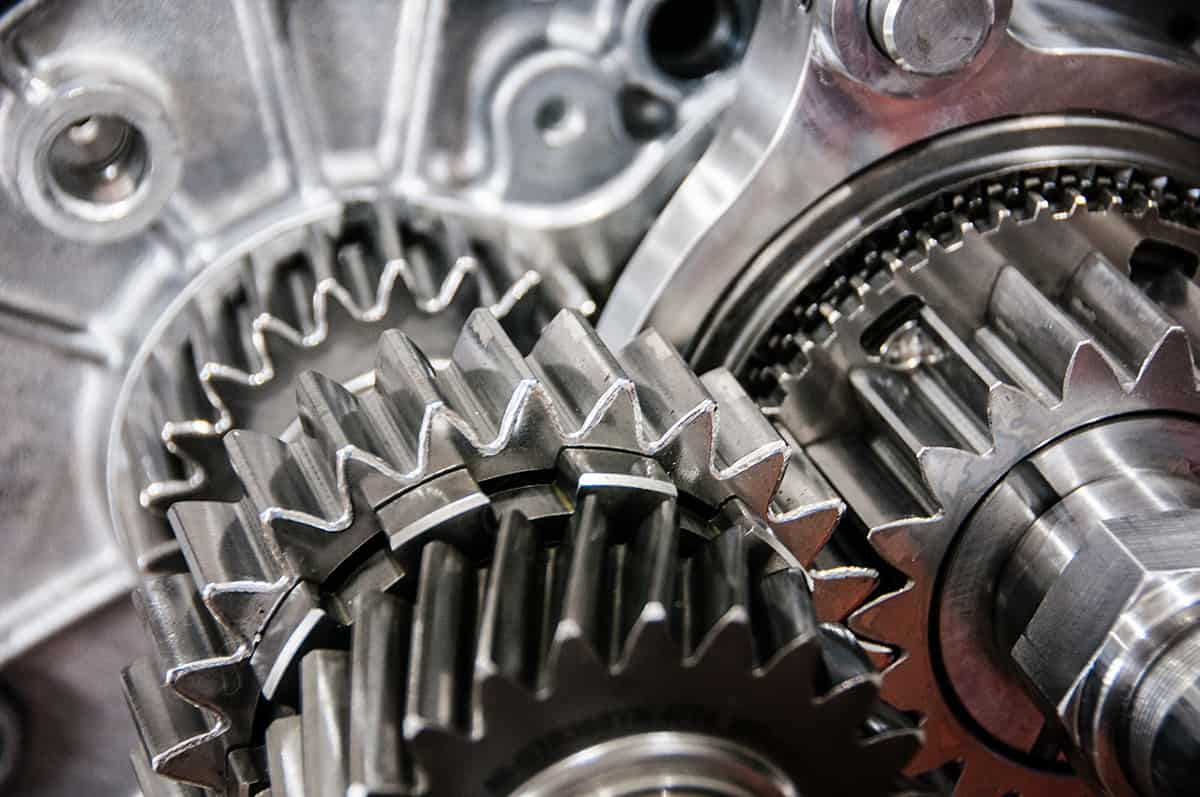
The transmission system controls the power from the engine to the wheels, providing various driving modes for different road conditions. In Ford F150 trucks, you’ll find a mix of transmission types, each with specific shifting mechanisms.
Automatic Transmission
Equipped with a torque converter, the automatic transmission in the Ford F150 does most of the work for you. It shifts gears without manual input, adapting to your driving speed and conditions. This includes a “neutral” position that disconnects the engine from the wheels.
Manual Transmission
Found in older Ford F150 models, manual transmission requires the driver to change gears using a clutch pedal and shift lever. The neutral position here can be used for stopping without shutting off the engine.
The Role of the Battery in Shifting
In modern F150s, the battery provides power to the transmission’s electronic control unit (ECU). If the battery dies, this can disrupt the communication between the ECU and the transmission, complicating the process of shifting into neutral.
Manual Method to Put Ford F150 in Neutral
In cars with automatic transmission, you normally cannot move the gear stick when the engine is off. So, if your engine stalls in the middle of the road, due to a dead battery or another reason, the stick will be locked in the current gear until you can move it to the Park or Neutral position. This creates a somewhat vicious cycle that can leave you and your car stranded.
Luckily, there are multiple ways to overcome this problem.
1. Using the Shift Release
The shift release is a button found on or around the gear stick. When depressed, you can move the gear stick to different gear positions, even when the engine is off. Here’s how to use it:
- Press and hold the shift release.
- Manually move the gear stick to the neutral position.
- Release the shift release.
Now, your car is in neutral, and you can push it to safety.
2. Using the Shift Lever/Shift Linkage
In models with automatic transmission, the shift lever is usually found inside the cabin. This lever can be moved into the neutral position if the ignition switch is turned to the accessory position. In certain Ford F150 models, you might have to access the shift linkage underneath the vehicle. This linkage connects the transmission to the shift lever and can be manually manipulated.
- Turn the ignition key to the accessory position to unlock the steering wheel and shift lever. This might require the use of a jumper if the battery is completely dead.
- Gently move the shift lever into the neutral position.
- If the interior shift lever doesn’t move, you may need to access the shift linkage underneath the vehicle. Safety precautions like using jack stands are vital in this process.
- Carefully move the shift linkage into the neutral position. This may require specialized tools and understanding of the linkage mechanism.
You should only use this method when your car is safely parked away from other vehicles.
Alternative Methods
While the manual methods are often used to shift a Ford F150 into neutral with a dead battery, there are alternative approaches that you may consider based on what you have on hand.
Using a Jumper Cable
If the battery is dead, but you have access to jumper cables and a secondary power source, you might be able to temporarily provide power to shift into neutral.
- Connecting to a Secondary Battery: By connecting jumper cables to a working battery, you can temporarily power the vehicle’s systems to shift into neutral using the regular automatic shift lever.
- Using a Portable Jump Starter: Modern portable jump starters can also provide enough power to engage the ignition and allow shifting into neutral. Always follow the instructions provided with the jump starter to ensure safety.
Towing with Wheels Off the Ground
If putting the vehicle in neutral proves too challenging, it might be more practical to tow the vehicle with its drive wheels off the ground.
- Using a Tow Dolly: A tow dolly lifts the drive wheels off the ground, allowing you to tow the vehicle without needing to shift into neutral. This can be an effective method when dealing with a dead battery.
- Utilizing a Flatbed Truck: A flatbed tow truck can lift the entire vehicle, making the transmission position irrelevant for towing purposes. This method is often used by professional towing services.
Charging or Replacing the Battery
If the situation allows, charging or even replacing the dead battery could be the most straightforward alternative.
- Charging the Battery On-Site: If you have access to a battery charger and a power source, you may be able to charge the battery sufficiently to start the vehicle and shift into neutral.
- Replacing the Battery: If you carry a spare or can obtain a new battery, replacing the dead battery will restore full function to the vehicle, including the ability to shift into neutral.
Practical Tips and Tricks

Take note of the following tips to help you in various situations.
Tips for Manual Shifting
- Do not try to force your car to turn on when attempting any manual shifting method. If your car is not in Park or Neutral, the key will not turn beyond the Accessories point. Forcing it to turn may bend the key.
- Forceful handling of the shift lever can cause damage. Gentle and patient handling will protect the mechanism.
- If the shift lever is stiff or stuck, using a suitable lubricant might ease the movement. It’s essential to use the correct type to avoid any damage.
- If accessing the shift linkage underneath the vehicle, always use proper safety equipment like jack stands. Never work under a vehicle supported only by a jack.
Preparing for a Dead Battery Situation
- Keeping essential tools like a wrench, jumper cables, or even a portable jump starter can be a lifesaver. Storing them in an easily accessible location in your vehicle is wise.
- Your Ford F150’s manual will have specific instructions for dealing with dead batteries and shifting into neutral. Familiarizing yourself with this information beforehand is beneficial.
- Regular checks on the battery’s health can prevent unexpected failure.
FAQs
1. Is it safe to shift into neutral with a dead battery?
Yes, it is safe to shift a Ford F150 into neutral with a dead battery. However, it may require more effort and specific steps to do so, especially in newer models.
2. How do I Prevent my Ford F150 Battery from Dying?
- Check the battery’s health periodically using a voltmeter or consult a professional.
- Clean battery terminals from corrosion, ensure all lights and accessories are off when not in use, and drive your vehicle regularly to keep the battery charged.
- Investing in a good quality battery and considering a trickle charger if the vehicle is not driven frequently.

